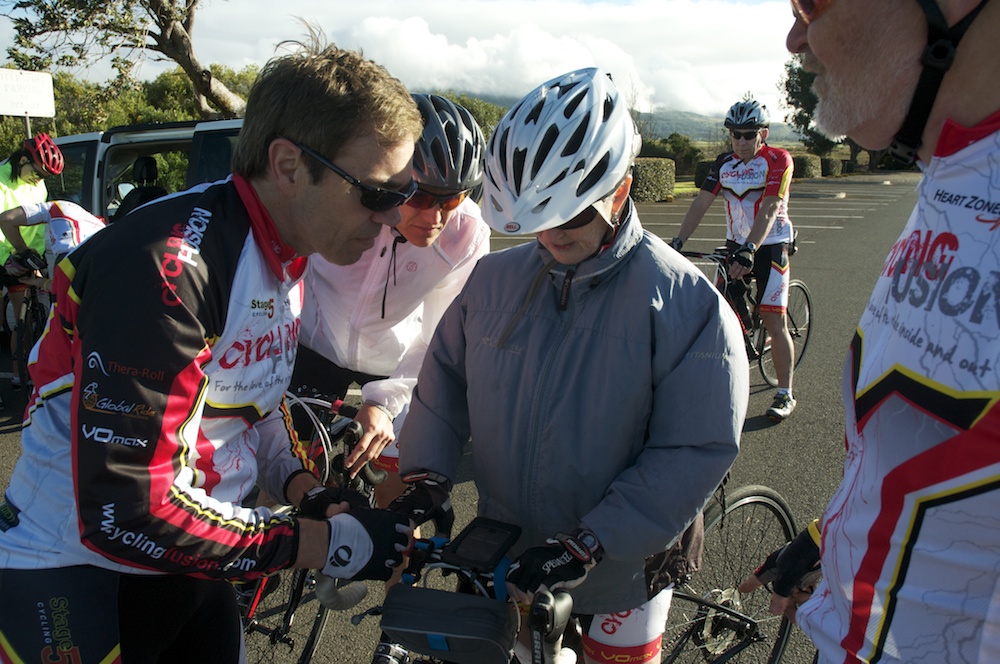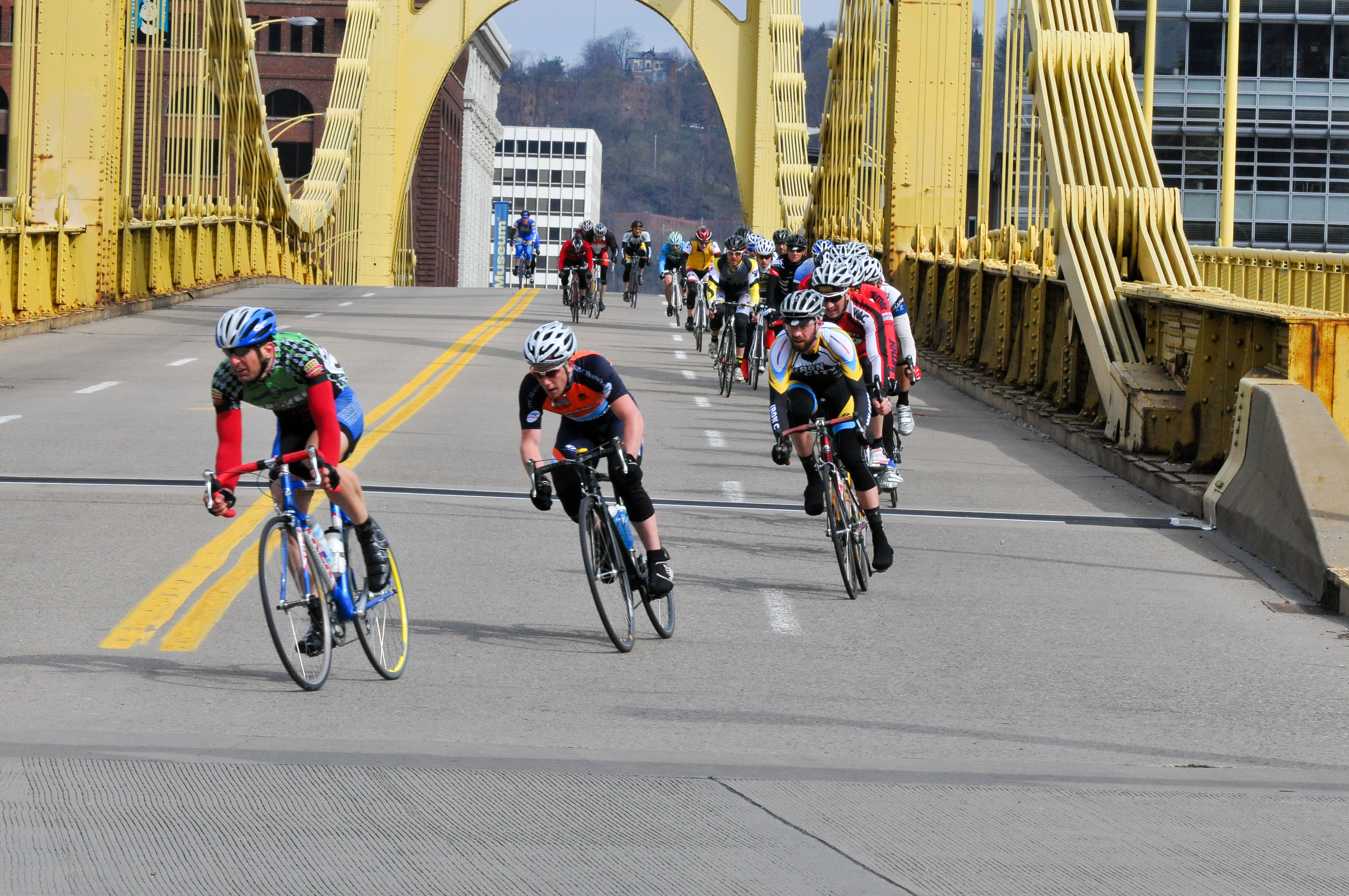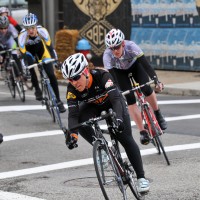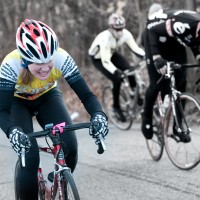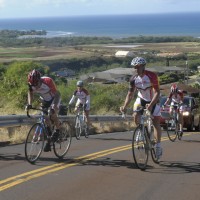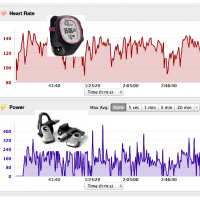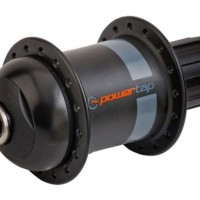Power Training for Indoor Cycling Chapter 14: Translation & Interpretation (part 1)
Maybe a better title for this chapter would have been ‘What’s It All Mean?’ This is really the bottom line, after all. If we are going to research the best power bikes to buy, learn how to use the power consoles, perform heart zone and power zones baseline tests, we need to know how to understand the data that flows from all this work. Since this chapter is a bit long, we’ve broken it into two posts.Read more…

